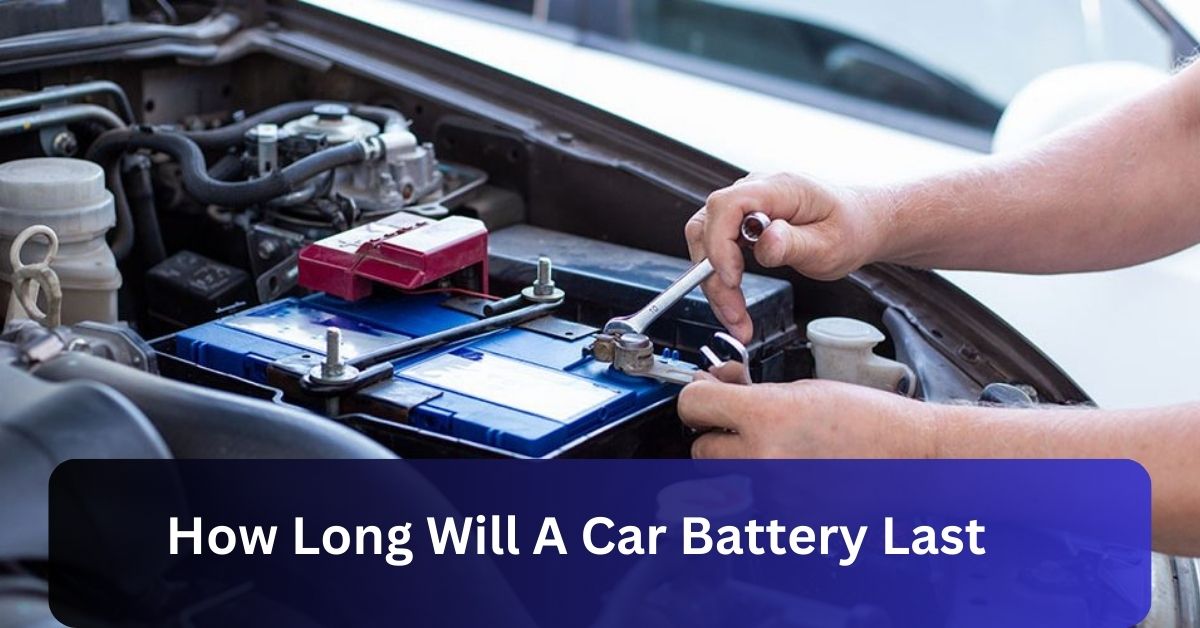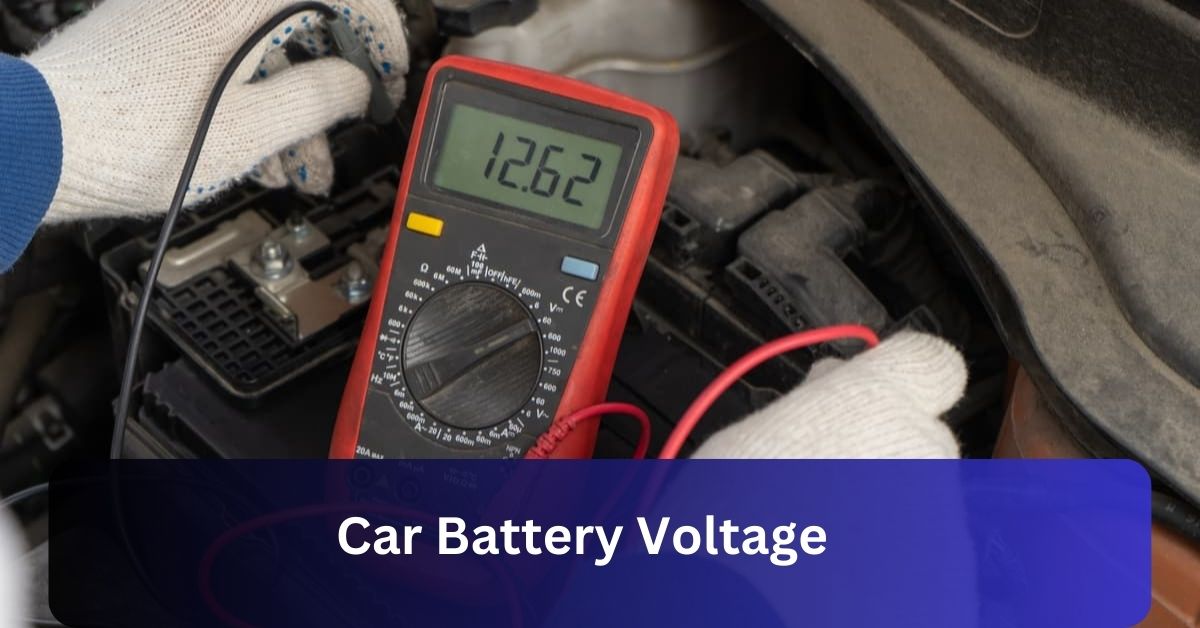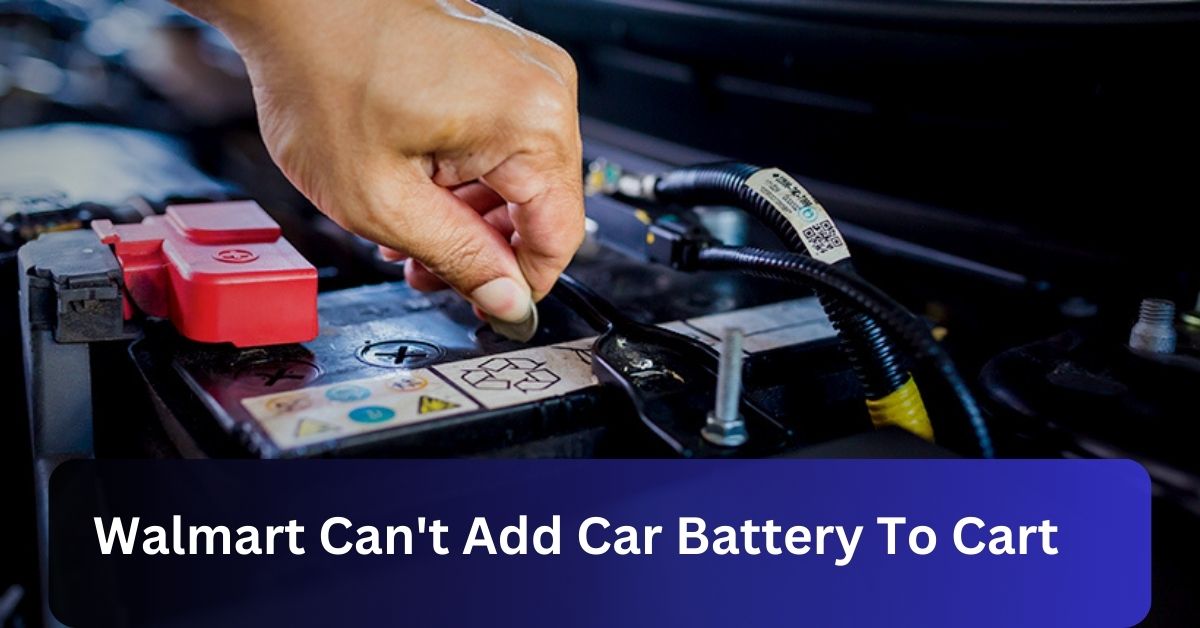To recharge a dead car battery, drive your car for 30 minutes to an hour. Driving at a steady speed works best because it lets the alternator recharge the battery. Idling the car isn’t as effective for recharging.
In this article, you’ll learn how long to drive your car after a dead battery to get it charged up again. We’ll also cover how to keep your battery healthy and what to do if it keeps dying.
How Long Does It Take To Charge A Car Battery?
Charging a car battery typically takes about 30 minutes to an hour of driving. The exact time depends on the battery’s condition and the power of your car’s alternator.

Driving at higher speeds helps charge the battery faster, as the alternator works more efficiently. If your battery is completely dead, you might need to drive longer or consider using a battery charger for a full recharge.
Why Should You Keep A Car Running After A Jump?
Maintaining you’re car running after a jump is important because it allows the alternator to recharge the battery.
This helps ensure the battery has enough power to start the car again and prevents it from draining quickly. It also helps maintain the battery’s health by allowing it to fully recover from the jump-start.
Signs of a Dying Battery:
- Slow Engine Crank: The engine becomes over more slowly than usual.
- Dim Lights: Headlights and dashboard lights appear dim or flicker.
- Electrical Issues: Problems with windows, radio, or other electrical components.
- Warning Light: A battery pack warning light or check battery symbol appears on the dashboard.
Steps to Jump-Start Your Car:
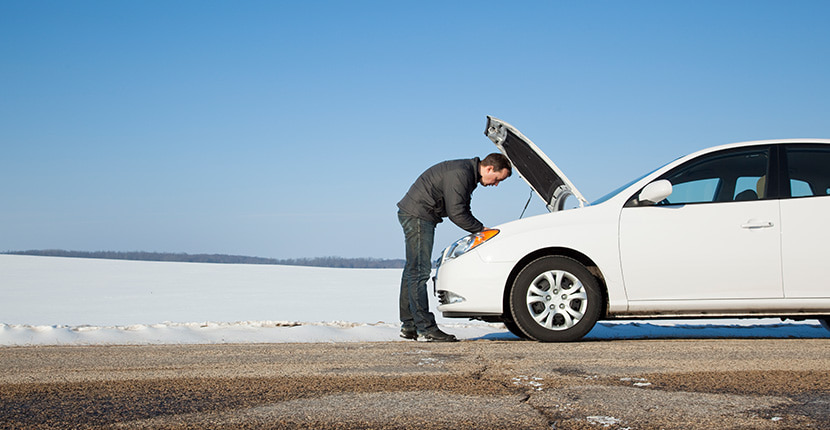
Position the Vehicles:
Start by parking the working car close to the dead car without the vehicles touching it. This allows the jumper cables to reach both batteries easily.
Connect the Cables:
Red (positive) cable to the positive terminal attached to the dead battery. Following that, connect the other end of the red cable to the positive terminal of the working battery.
Next, attach the black (negative) cable to the negative terminal of the working battery. Finally, connect the other end of the black cable to a metal part of the dead car, away from the battery.
Start the Donor Car:
Car start the working and let it run for a few minutes. This enables the working car to supply power to the dead battery.
Start the Dead Car:
Try to start the car with a dead battery. If it does not start right away, wait a few minutes before trying again.
Remove the Cables:
Once the dead car starts, carefully disconnect the cables in the reverse order: black cable from the metal part of the dead car, black cable from the working battery, red cable from the working battery, and finally, red cable from the dead battery.
Let the Car Run:
Maintain the car running for a minimum of 30 minutes. This helps recharge the battery and ensures it has enough power to start the next time.
Read Also: Will Car Alarm Drain Battery – Amazing Car Look 2024!
What Factors Affect the Post of Jump-Start?
Several factors can affect how well your car battery recharges after a jump-start. First, the age and condition of the battery play a big role; older or worn-out batteries may take longer to charge or might not hold a charge well.
Second, the strength of the alternator is important; a strong alternator provides more power to recharge the battery faster.
Lastly, driving conditions matter driving at higher speeds helps the alternator work more effectively, compared to idling or slow driving, which is less efficient.
Does Idling A Car Charge the Battery?
Idling your car does charge the battery, but it’s not very effective. The alternator generates power to recharge the battery, but it works better when the engine is running at higher speeds.
Idling keeps the battery from discharging further but won’t recharge it as well as driving at a steady speed.
Does Revving the Engine Charge the Battery?
Revving the engine does not significantly charge the battery. The alternator, which recharges the battery, produces a constant amount of power irrespective of the engine speed.
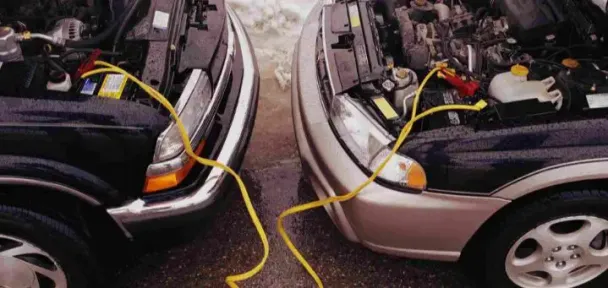
Revving the engine might seem like it would help, but it doesn’t increase the charging rate.
The best way to charge the battery is to drive at a consistent speed, such as on the highway. This allows the alternator to operate efficiently and provide a proper charge to the battery.
Simply revving the engine won’t improve the charging process or speed up battery recovery.
Can a Completely Dead Battery Be Recharged?
Yes, a completely dead battery can often be recharged, but it depends on its condition. If the battery is relatively new and hasn’t been dead for too long, it should recharge and work fine.
However, if the battery is old or has been dead for a long time, it may not hold a charge well or might need replacing.
Even if it charges, it might not perform as reliably as before. If you’re unsure, it’s a good idea to have the battery tested at a service center to determine if it needs to be replaced.
Read Also: Is DC Fast Charging Bad For Battery – Click Here To Learn!
Tips to Keep Your Battery Healthy:
Regular Inspections:
Check your battery regularly for signs of wear or corrosion on the terminals. Clean any corrosion and make sure the connections are tight.
Drive Often:
Try to drive your car frequently, even for short trips. This helps keep the battery charged and prevents it from discharging too much.
Avoid Extreme Temperatures:
Extreme heat or cold can harm the battery. If possible, park in a garage or shaded area to protect the battery from harsh weather conditions.
Turn Off Electrical Components:
To reduce the strain on the battery, turn off all lights, radios, and other electrical devices before turning off your car.
Test Battery Health:
Have your battery tested periodically, especially before winter or long trips, to ensure it’s in good condition, and replace it if necessary.

Frequently Asked Questions:
1. How long should I keep my car running after a jump-start?
Aim to keep your car running for at least 30 minutes to an hour to ensure the battery gets a good charge.
2. What if my car doesn’t start after a jump?
If your car doesn’t start, the issue could be with the battery, alternator, or another component. Consider seeking professional help.
3. Can I use a battery charger instead of driving?
Yes, using a battery charger can be an effective alternative to driving. Follow the charger’s instructions for optimal results.
4. How often should I replace my car battery?
Typically, car batteries should be replaced every 3-5 years, but this can vary based on driving conditions and battery maintenance.
Conclusion:
To recharge a dead car battery, drive for 30 minutes to an hour at a steady speed. Driving helps the alternator recharge the battery more effectively than idling or revving the engine.
Regular battery checks and maintenance are crucial to avoid frequent battery issues and ensure reliable performance.


